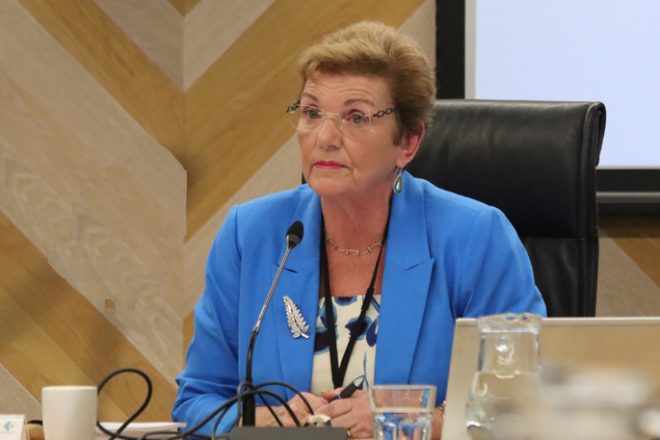Leaders in the Western Bay of Plenty, New Zealand, have expressed that while they would welcome additional funding for councils, it would not be enough to alleviate their current pressures. Local Government New Zealand is urging the government to give back the GST paid on rates to councils, which would result in an extra $1.1 billion in funding nationwide.
Tauranga City Council would receive $31 million, which is 10% of its operating income of $308 million. Of this income, $206 million comes from rates. Western Bay of Plenty District Council would get $11.5 million, which is 11.6% of its $99 million operating income, with $77 million of this coming from rates. These figures were calculated by economic consulting firm Infometrics using 2022 data.
Tauranga’s commission chair, Anne Tolley, stated that while any additional funding is beneficial, it would not solve the fundamental issue of rising costs for ratepayers, particularly in high-growth councils. Tauranga City Council is currently struggling with how to finance essential infrastructure, a problem worsened by the city’s rapid growth.
Western Bay of Plenty mayor, James Denyer, also expressed his support for alternative funding sources for the council. Meanwhile, Local Government New Zealand president, Sam Broughton, criticized the current funding system for local government as broken, given that it heavily relies on rates, which he described as unsustainable.
The discussion comes as councils across New Zealand are setting rates, with an estimated average increase of 15%. Tauranga’s median residential rates rise for 2024 is 7%, offset by a new industrial rating category that reduced residential rates by around 3%. The city’s average rates rise, including residential, commercial, and industrial properties, is 15.9%.
Western Bay of Plenty District Council is yet to set its rates, having delayed the adoption of its long-term plan until September. The independent review also suggested that the central government pay rates on crown properties, set up a fund for climate change, and consider the funding impact of proposed policy decisions on councils.






























































